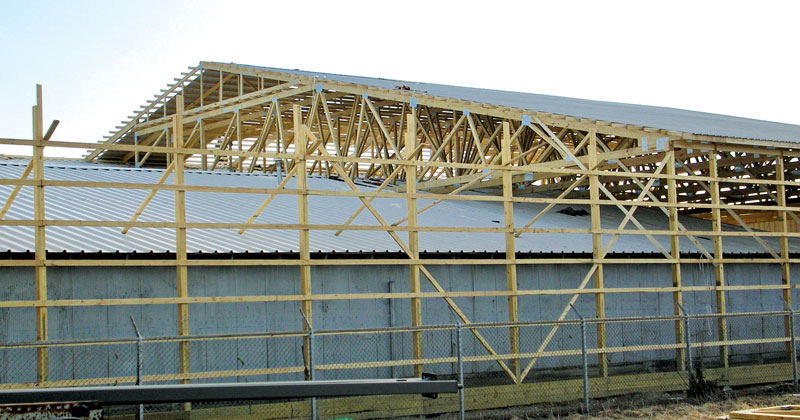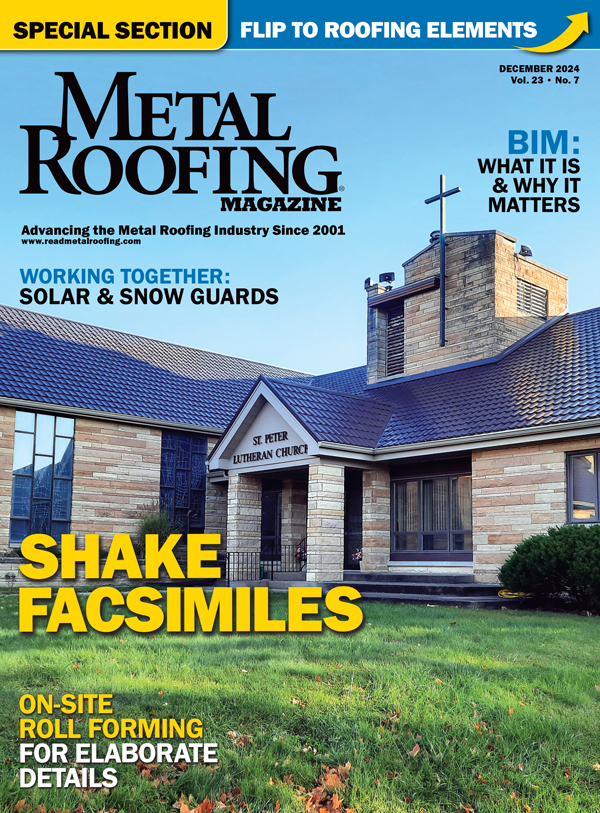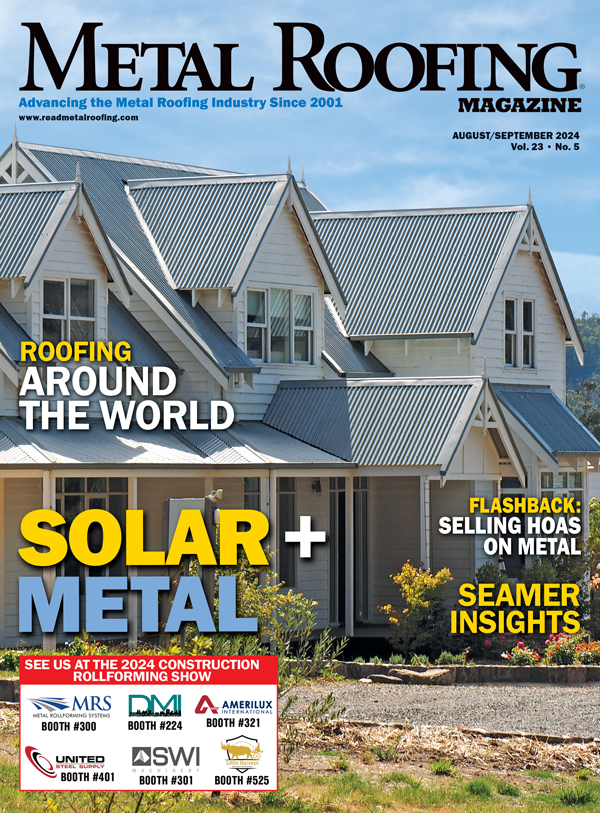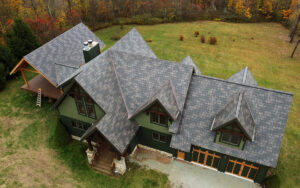By Dan Birch, Product Category Manager, PIP®, Joe Brandel, Business Development Manager for NA Industrial Safety Market, Mips
According to a recent report from the EU’s Copernicus Climate Change Service (C3S), the global average temperature from May 2023 through April 2024 was the highest on record, 0.73°C above the 1991-2020 average. The risks of heat stress in the construction industry can be fatal. From 1996 through 2016, there was a total of 285 fatalities from heat-related causes in the industry, representing over a third of all U.S. occupational deaths.
Rising temperatures are dangerous for everyone, but they pose an additional risk to the construction industry, and roofers in particular, where workers are exposed to strenuous conditions outdoors. Heat stress can lead to unrelieved heat strain, the physiological response to heat stress when the body tries to increase heat loss to the environment in order to maintain a stable body temperature. Heat strain can in turn increase the risk of heat-related illness, or HRIs, which include heat stroke, heat exhaustion, fainting, heat cramps, and heat rash.
The Risks for Roofing Industry
Roofers often work outdoors during the hottest times of the year, and given the nature of their work, have very few opportunities to be indoors or in the shade. Continuous heat exposure can result in workers’ declining physical capabilities and mental alertness, leading to greater risk of accidents and other incidents.
Steps to Protect Workers
While there’s no doubt that hotter temperatures are to be expected in the summer months, there are still several steps that can be taken to protect workers from heat stress and heat-related illnesses. Employers should encourage and ensure that workers take appropriate rest breaks to cool down and hydrate. Additionally, jobs should be scheduled for cooler parts of the day, such as early morning or later in the afternoon, as roofers are typically not able to avoid direct sun exposure. Jobs can also be scheduled for alternate days, so that workers aren’t exposed to the sun or extreme temperatures for multiple days in a row. Roofers should also be encouraged to wear light-colored, loose-fitting, and breathable clothing.
Knowing the signs of heat stroke and heat-related illnesses is critical to identify when workers are in need of medical attention. Heat stress symptoms to watch for include confusion, a throbbing headache, dizziness, nausea, a body temperature above 103°F, fainting, a rapid pulse, and dry, red, or hot skin. If any workers are experiencing these symptoms, it’s best to call a first responder or get them to a hospital, and bring them to a cool, air-conditioned space if possible.
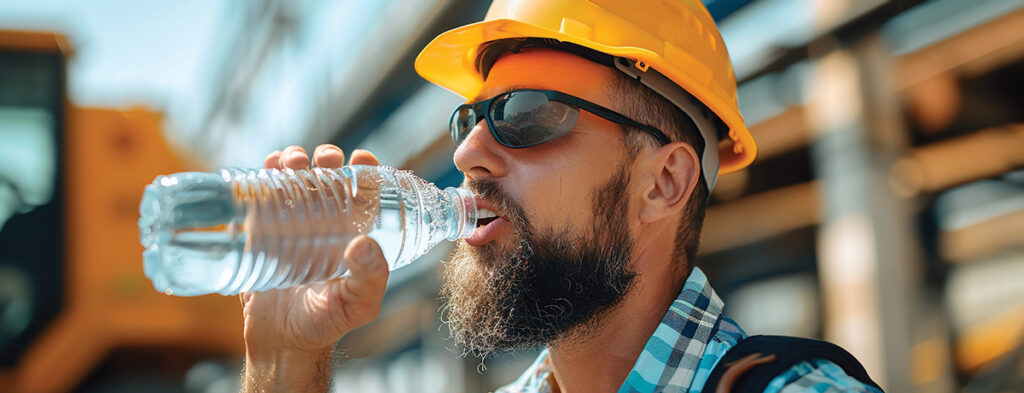
Prioritizing Safe PPE Usage
There are a number of ways in which personal protective equipment (PPE) can be used to keep workers safe and cooler during the warmer months. Evaporative cooling products, such as vests, sleeves, bandanas from PIP Global Safety, are designed to keep wearers’ cool for up to eight hours. Their EZ-Cool® evaporative cooling material is a unique fabric that is designed to absorb and slowly release water through evaporation. This process is meant to “super-charge” the body’s natural cooling process, thereby protecting the wearer against heat stress. EZ-Cool® works to keep wearers cool during strenuous activity while protecting against sunburn and UV damage. Simply soak in water for 1-2 minutes, and once excess water has been squeezed out, the cooling effect lasts for 5-10 hours.
Heat exposure can impact roofers’ mental alertness, which can lead to potential accidents on the job including falling, fainting, and dizziness. Injury statistics demonstrate it is more common to fall at an angle, rather than a linear fall to the head. These angled impacts expose the brain to dangerous rotational motion, which is one of the most common causes for TBIs including concussion, and can lead to life-long afflictions and even death. This makes it especially important that workers continue to prioritize safe PPE usage, including head protection equipped with systems designed to redirect dangerous rotational motion like the Mips® brain protection system for industrial safety helmets, to help reduce risks on the job.
Rotational motion can occur when someone’s head is exposed to an oblique impact, and the transfer of this rotation to the brain can lead to shearing and damage to the brain’s axons. Rotational motion consists of angular acceleration (forces) and angular velocity (energy). The Mips® brain protection system for industrial safety helmets consists of a low friction layer mounted inside the helmet. In the event of a crash or a fall, the low friction layer is designed to move slightly inside the helmet to help redirect rotational motion away from the head.
Despite the growing concerns over rising temperatures, and the safety risks that poses to the roofing industry, there are steps that employers can take to promote job site safety. From best practices and understanding the risks to cooling technologies, roofers must keep safety from extreme heat top of mind.
https://blogs.cdc.gov/niosh-science-blog/2020/05/21
Joe Brandel currently serves as Business Development Manager for North America Industrial Safety Market at Mips, a market leader in helmet-based safety. He has been in the construction and industrial safety business for over 20 years.
Dan Birch is the Above the Neck Category Manager for Protective Industrial Products. PIP® excels as a champion in the construction industry by offering a comprehensive range of PPE solutions.








